This work bridges computational fairness, causal interpretability, and Responsible
AI communication. We create interactive tools that let users visualize, question,
and reconfigure both data-driven models and the social narratives they inform.
Since bias and fairness are inherently subjective and mean different things
to different people, the systems developed in this research feature well-designed
interactive visual interfaces that put the human in the loop—empowering
users to take an active role in understanding and mitigating bias, misinformation,
and misconceptions that arise in algorithmic decisions, causal reasoning, visual
communication, and public discourse on polarizing issues such as climate change,
health, and social policy. Increasingly, these systems also leverage large language
models to simulate diverse personas, enabling the study of how reasoning, messaging,
and belief formation differ across social, psychological, and cultural contexts.
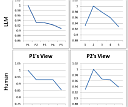 |
Leveraging
Large Language Models for Personalized Public Messaging
A. Kumar Das, C. Xiong Bearfield, K. Mueller
ACM CHI Conference on Human Factors in Computing Systems Late Breaking Work
Tokyo, Japan, May 2025. |
 |
 |
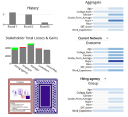 |
FairPlay:
A Collaborative Approach to Mitigate Bias in Datasets for Improved AI Fairness
T. Behzad, M. Singh, A. Ripa, K. Mueller
Proceedings of the ACM on Human-Computer Interaction (CSCW)
9(2):1-30, 2025 |
 |
 |
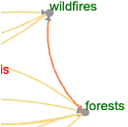 |
Belief
Miner: A Methodology for Discovering Causal Beliefs and Causal Illusions
from General Populations
S. Salim, N. Hoque, K. Mueller
Proceedings of the ACM on Human-Computer Interaction, 8 (CSCW 1)
1-37, 2024 |
 |
 |
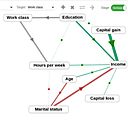 |
D-BIAS:
A Causality-Based Human-in-the-Loop System for Tackling Algorithmic Bias
B. Ghai, K. Mueller
IEEE Trans. on Visualization and Computer Graphics (Special Issue IEEE VIS
2022)
29(1):473-482, 2023 |
 |
 |
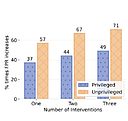 |
Cascaded
Debiasing: Studying the Cumulative Effect of Multiple Fairness-Enhancing
Interventions
B. Ghai, M. Mishra, K. Mueller
ACM Conference on Information and Knowledge Management (CIKM)
Atlanta, GA, October, 2022 |
 |
 |
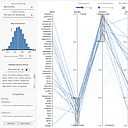 |
WordBias:
An Interactive Visual Tool for Discovering Intersectional Biases Encoded
in Word Embeddings
B. Ghai, Md. N. Hoque, K. Mueller
ACM CHI Late Breaking Work
Virtual, May 8-13, 2021 |
 |
 |
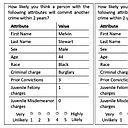 |
Measuring
Social Biases of Crowd Workers using Counterfactual Queries
B Ghai, QV Liao, Y Zhang, K Mueller
Fair & Responsible AI Workshop (co-located with CHI 2020)
Virtual, April 2020 |
 |
|
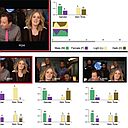 |
Toward
Interactively Balancing the Screen Time of Actors Based on Observable Phenotypic
Traits in Live Telecast
Md. N Hoque, S. Billah, N. Saquib, K. Mueller
ACM Conference on Computer-Supported Cooperative Work and Social Computing
(CSCW)
Virtual, October 17-21, 2020 |
 |
 |







